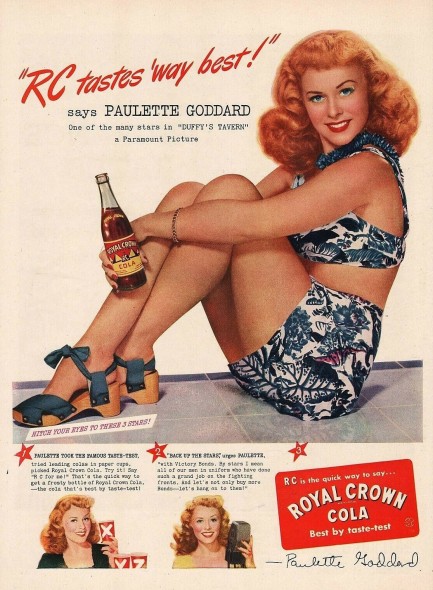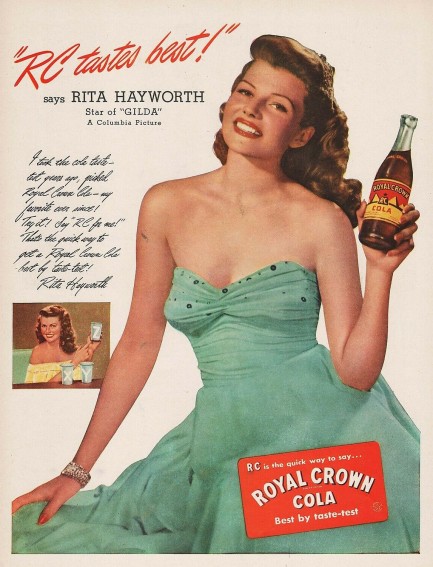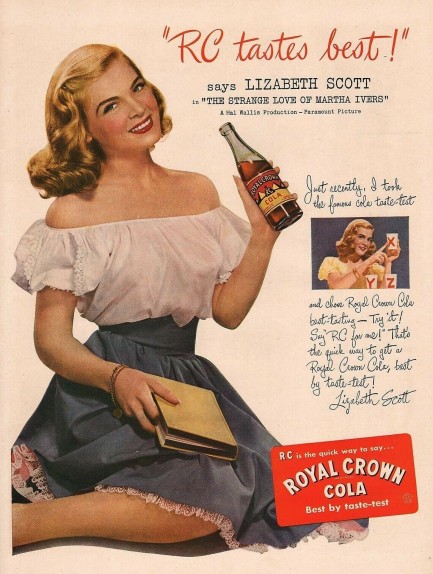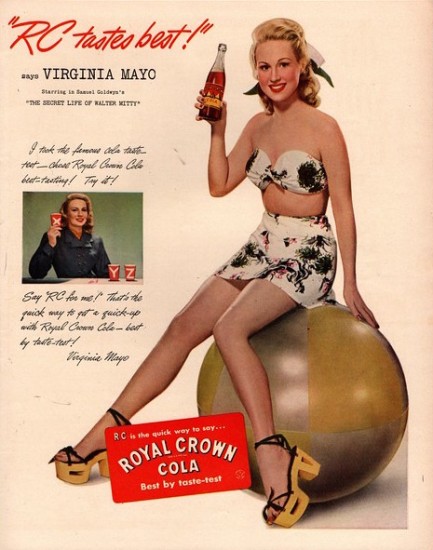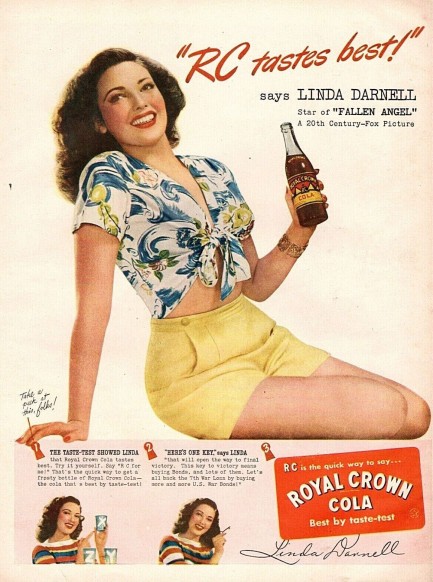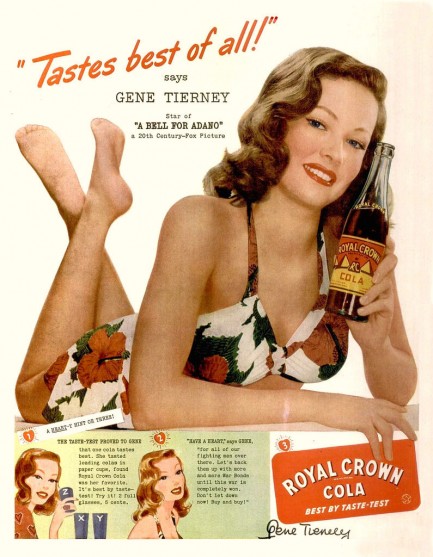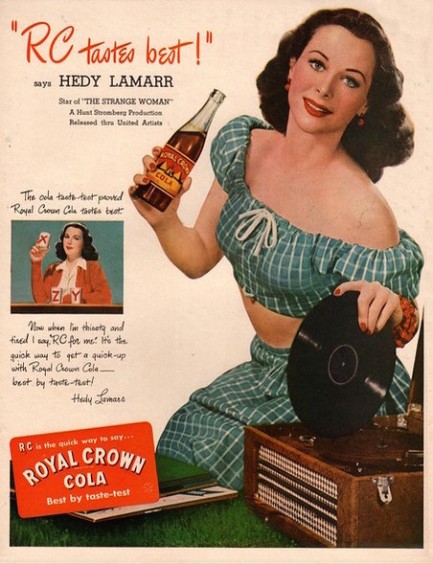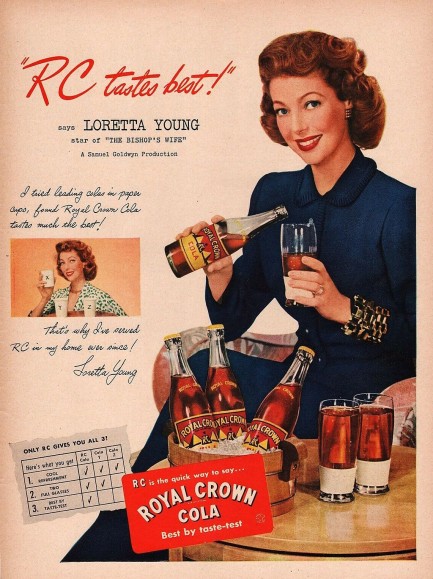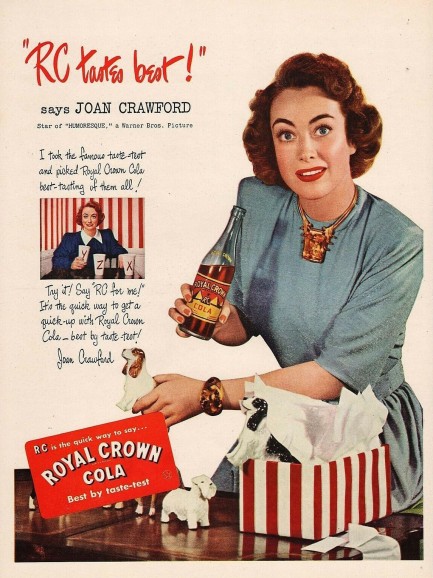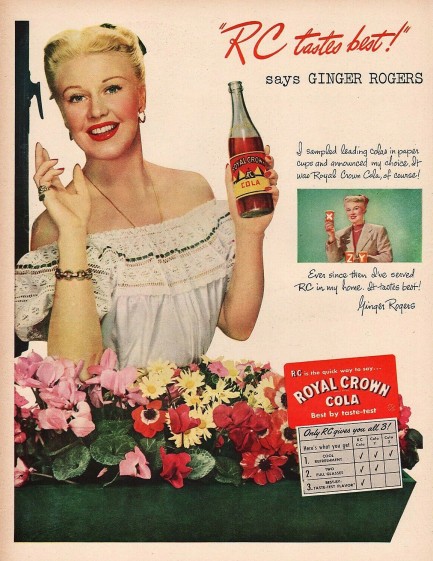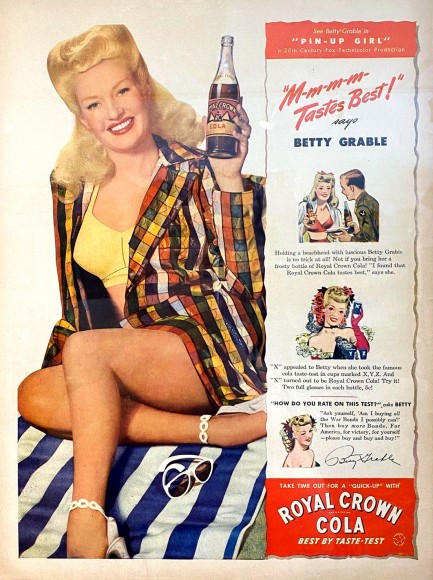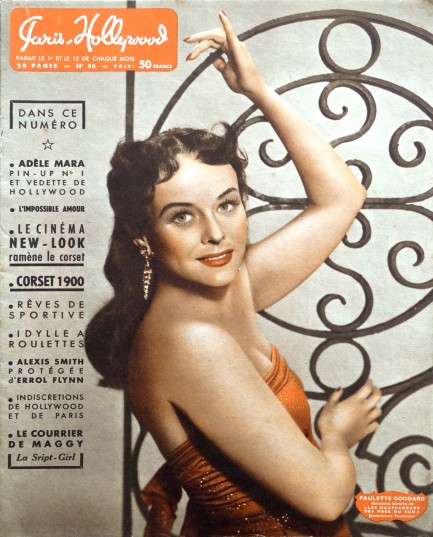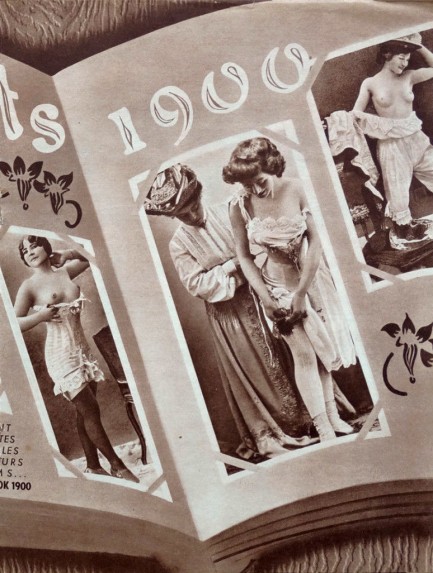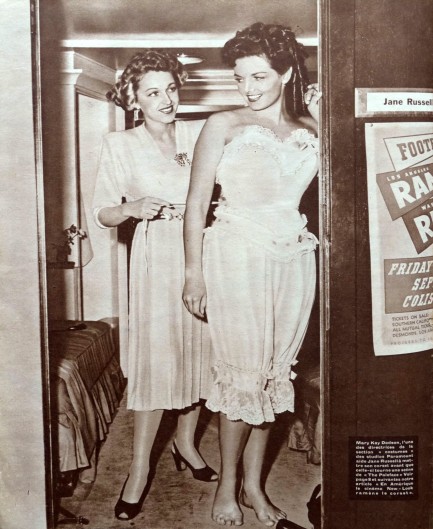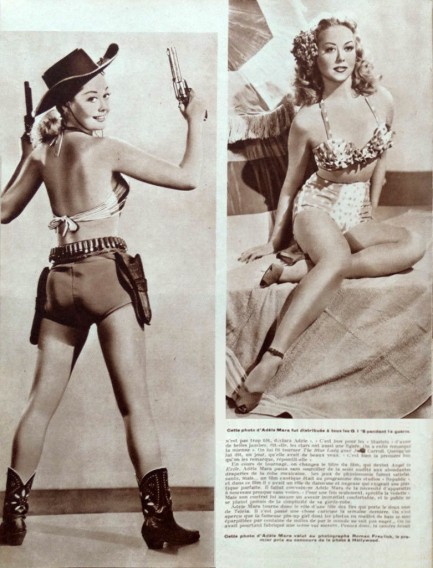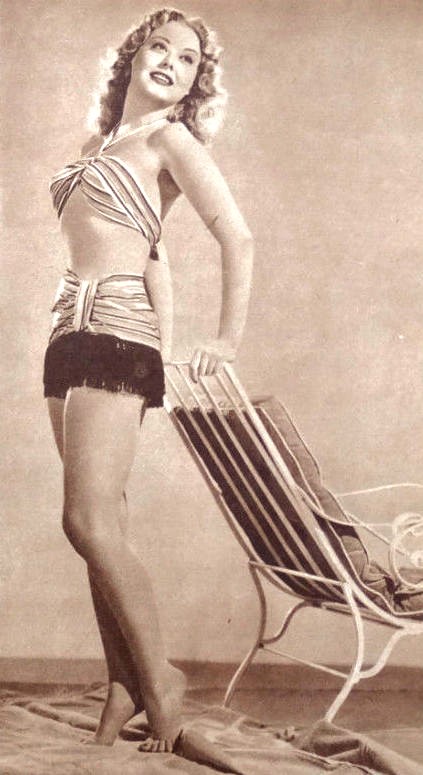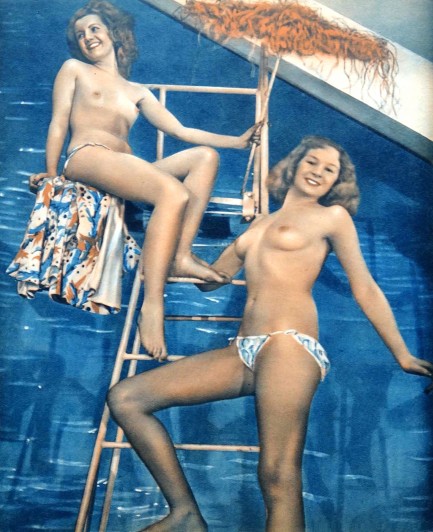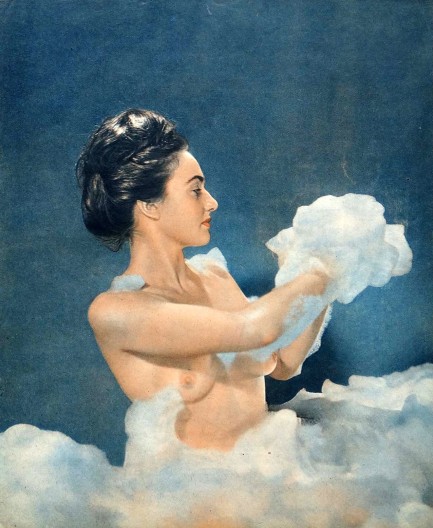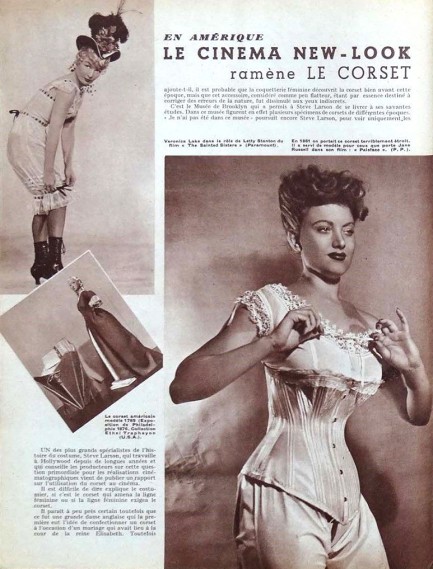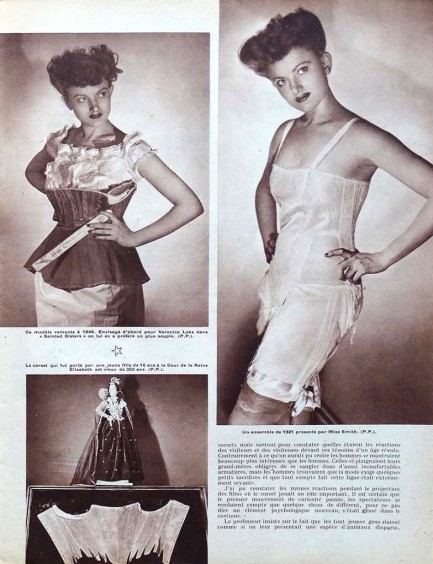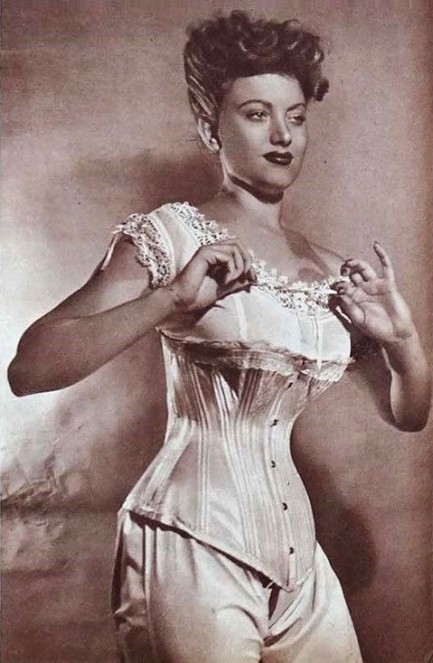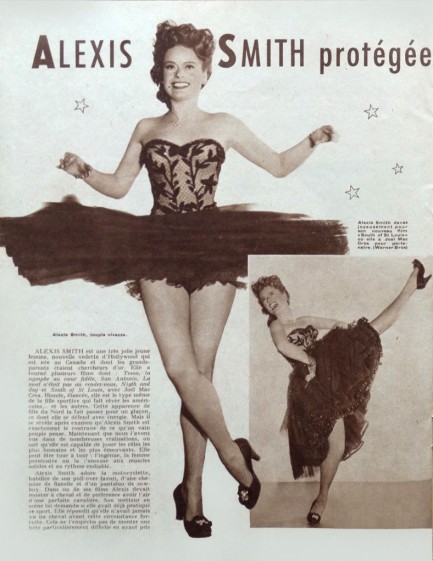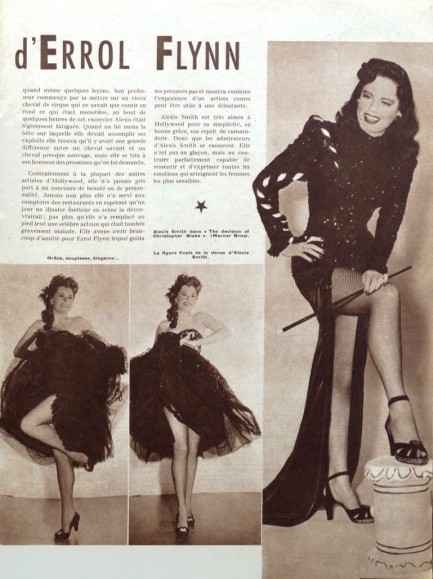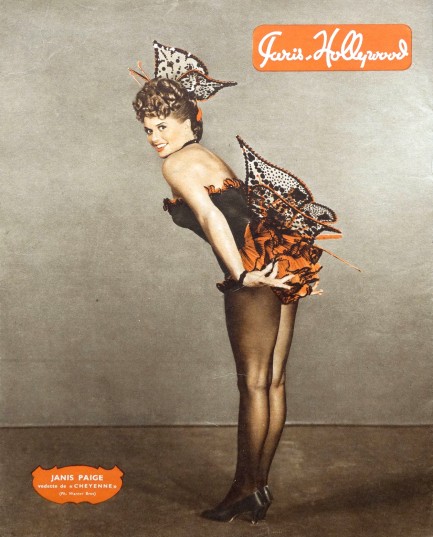 She was one of the most watched people in the world—onscreen and off. 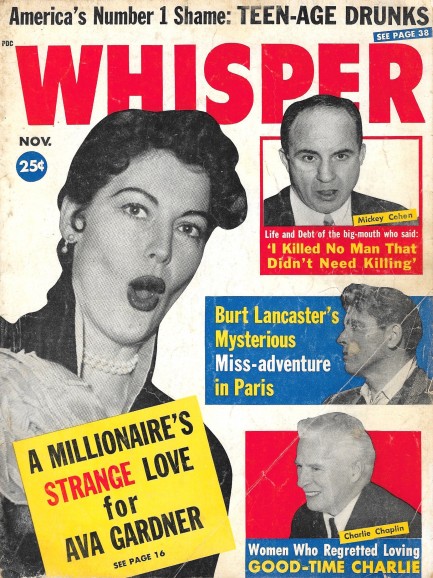
Whisper magazine, in this issue published this month in 1961, offers readers an interesting story about an unnamed millionaire's obsession with Ava Gardner. Apparently the millionaire hired people to follow Gardner around 24/7, all over the world, and report back to him, with this surveillance going on for years. The purpose? If he couldn't have her, he at least wanted to know what she was doing. Whisper focuses on a particular spy named Bill, the fourth of four spies employed by the millionaire, who Gardner came to be friends with and let live on her property, rather than have to sleep in his car night after night. Is this tale true? Maybe. Money buys a lot—including tolerance for bad behavior.
And speaking money, there's also a story on gangster Mickey Cohen, who counted among his consorts Liz Renay and Candy Barr, both of whom we've discussed, Renay here, and Barr here and here. Barr has also shown up in five magazines we've posted. The easiest way to see those is click her keywords and scroll. Cohen proves that no matter what people try to tell you, money is an aphrodisiac, because there's no way trolls like him could score beautiful dancers and models if it weren't for wealth. Take a look at the worst man in the world, and if he has money, he has a wife far more beautiful than makes sense.
Whisper goes on to talk about Burt Lancaster's and Charlie Chaplin's lovers, teen-age drunks, Soviet honeytraps, U.S. prisons, Jane Fonda's professional and family lives, and more. It was a Robert Harrison publication that morphed from a cheesecake magazine with painted pin-up covers into a gossip rag. That happened around 1954, when the original Whisper, launched in 1946, began going broke thanks to an inability to compete with girly magazine numero uno—Playboy. But there was plenty of room in the tabloid market and Harrison made Whisper a staple monthly on par with Confidential, his flagship publication. We'll have more from Whisper later, as always. 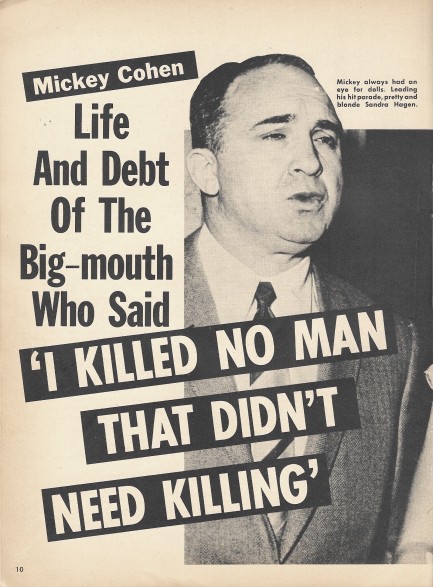 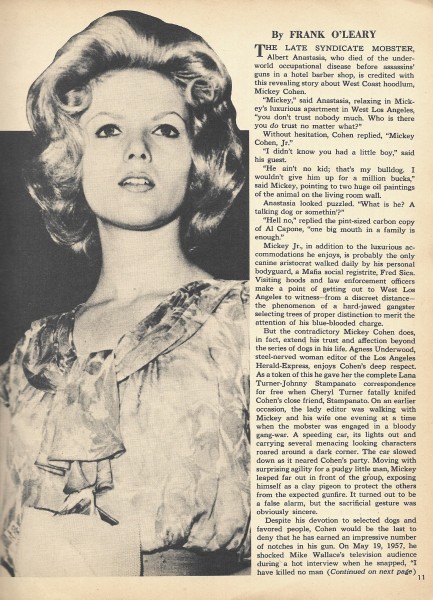 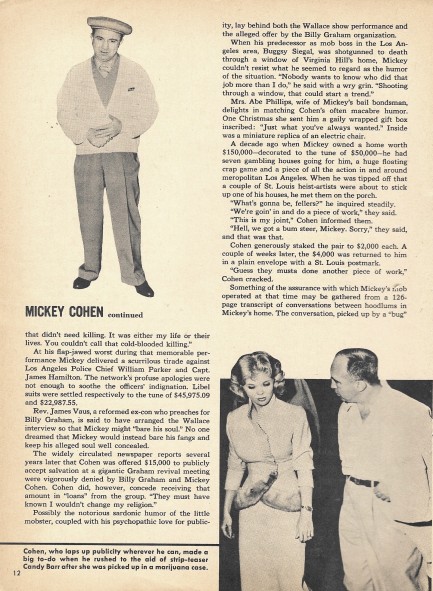  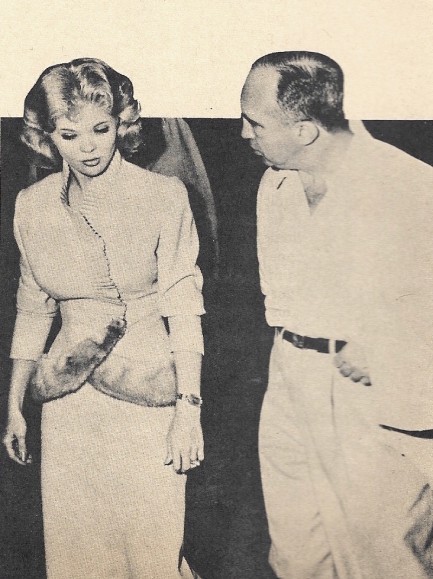 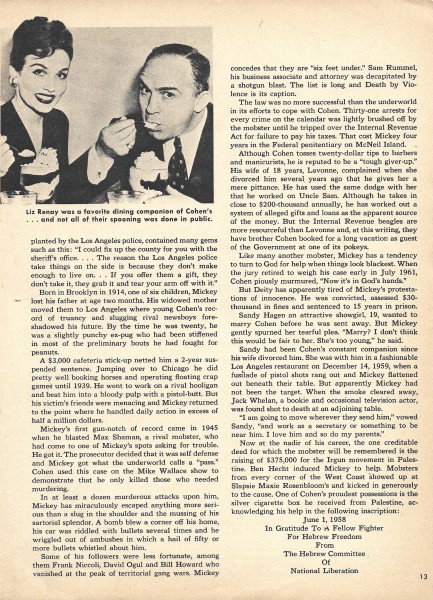 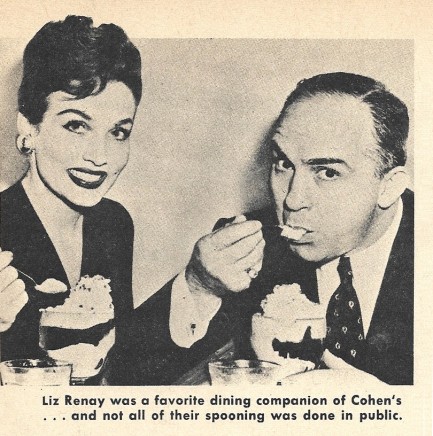 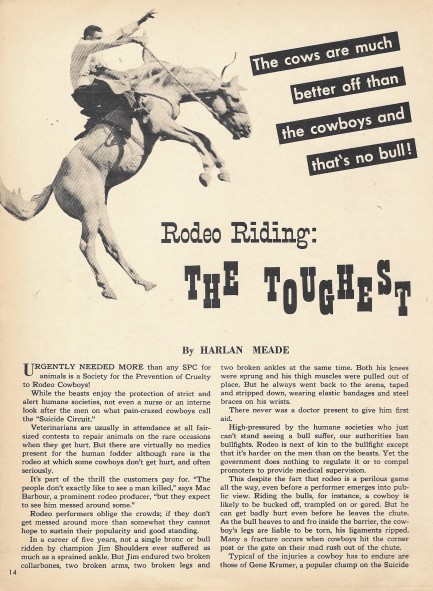 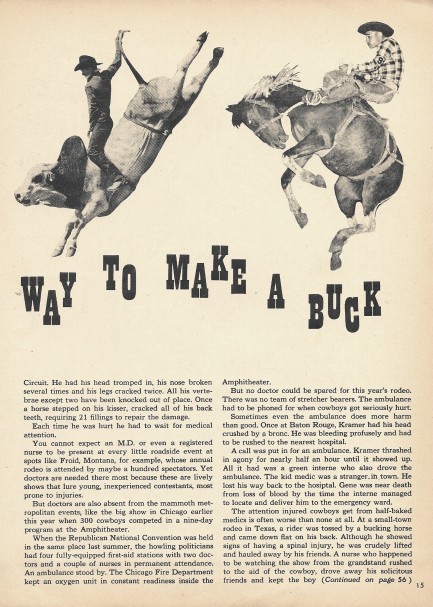 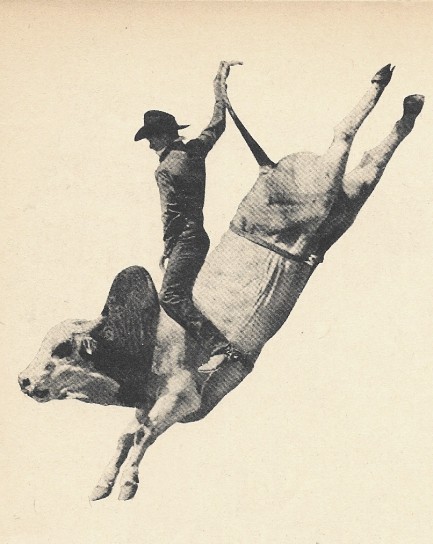 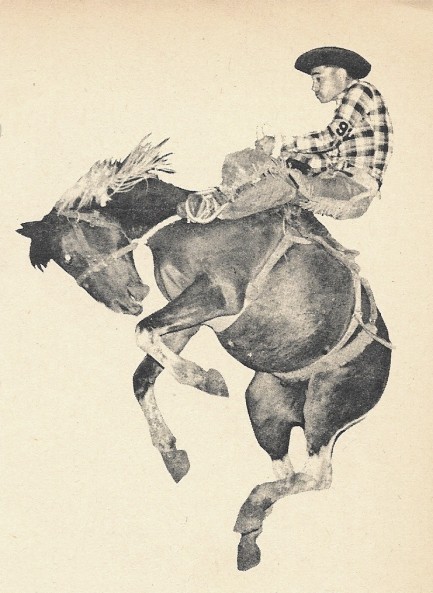 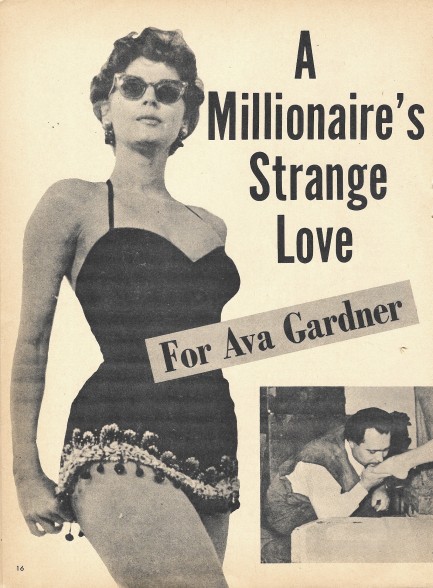 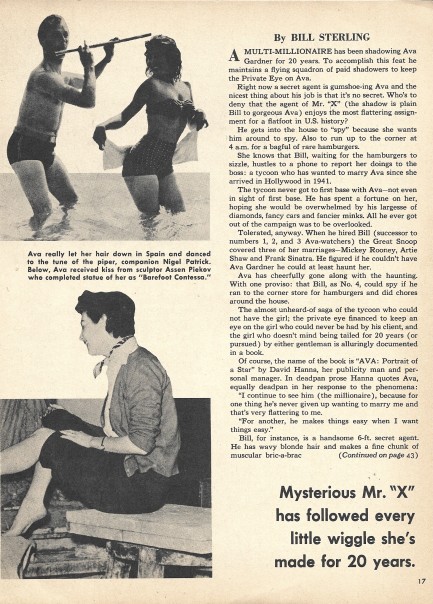 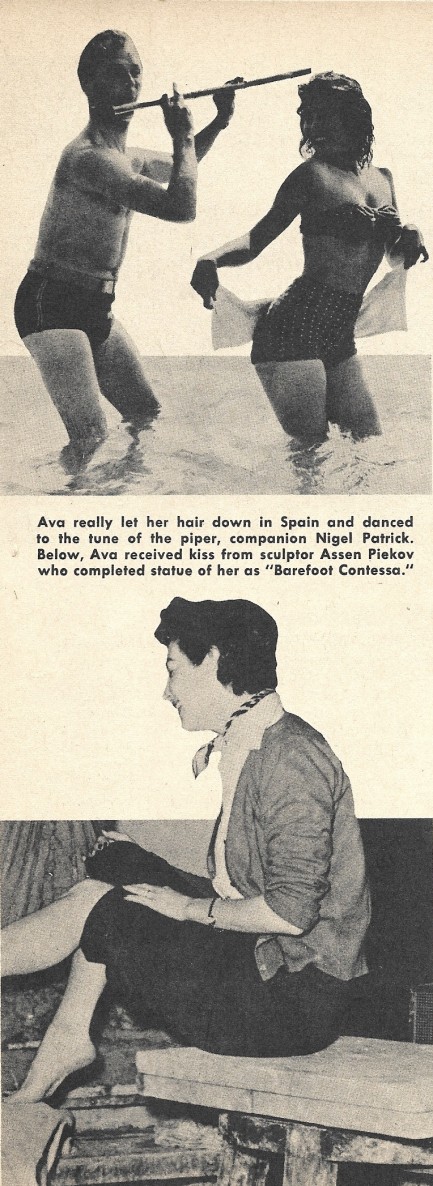 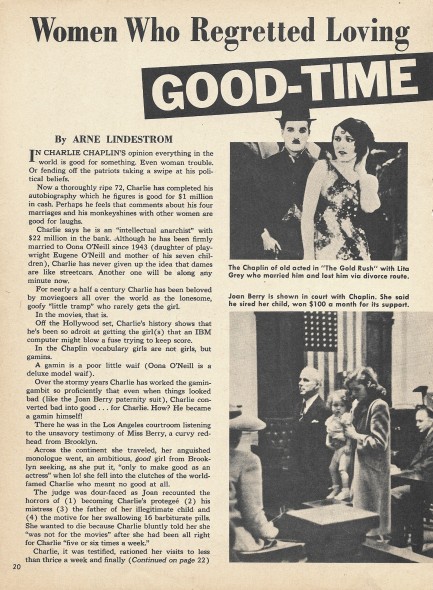 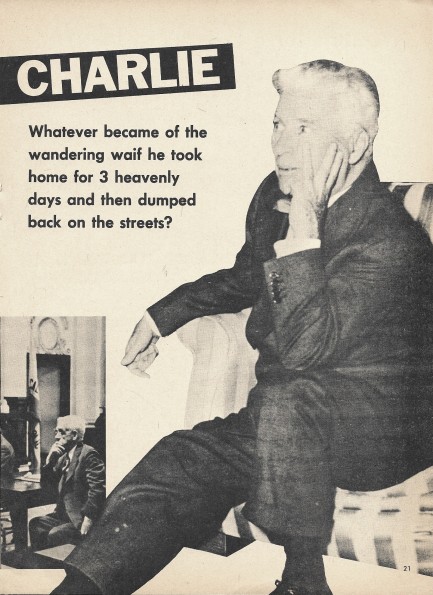 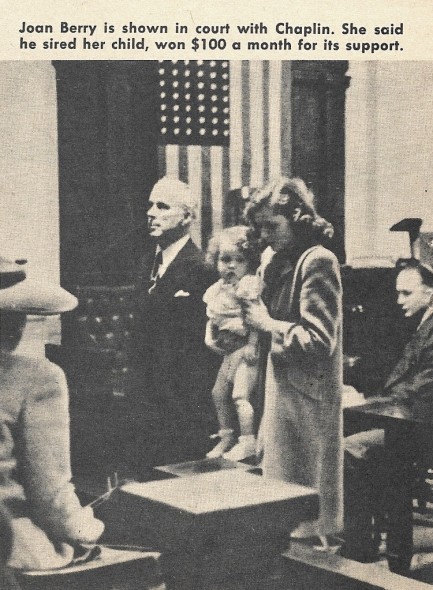 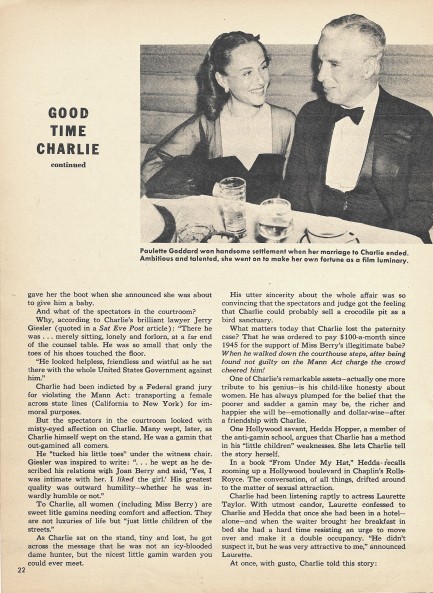 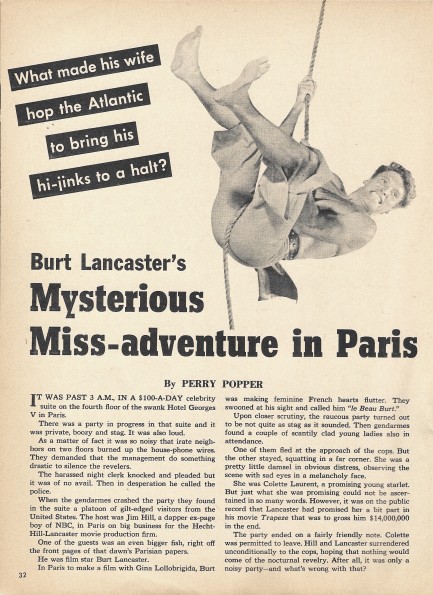 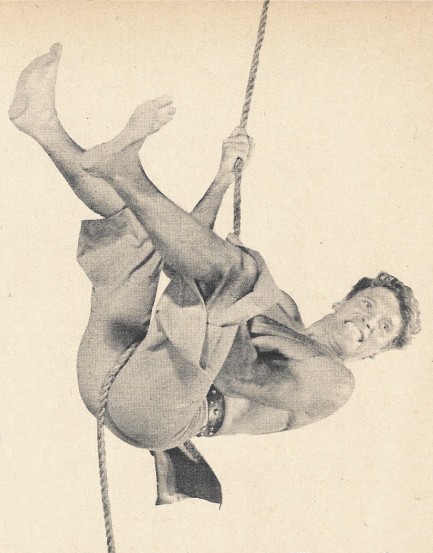 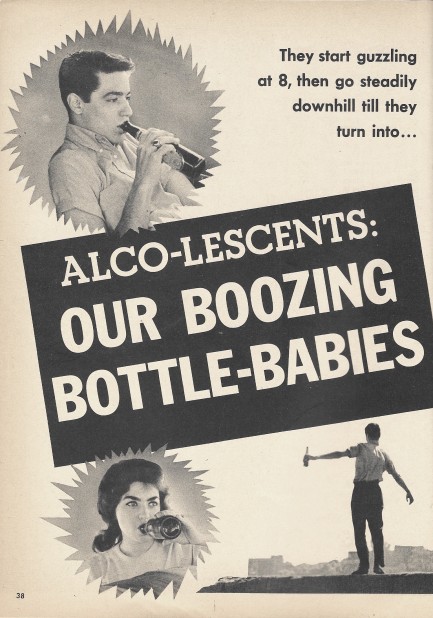  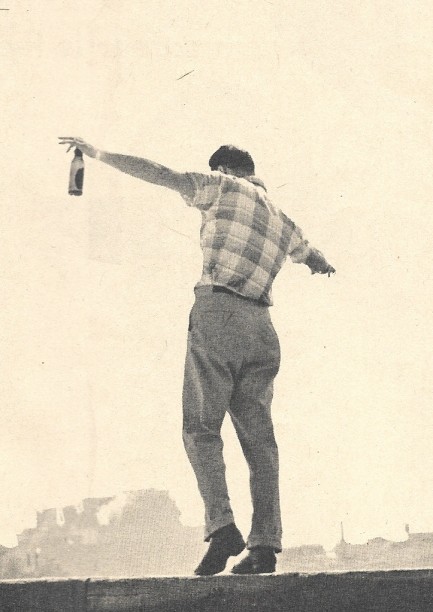 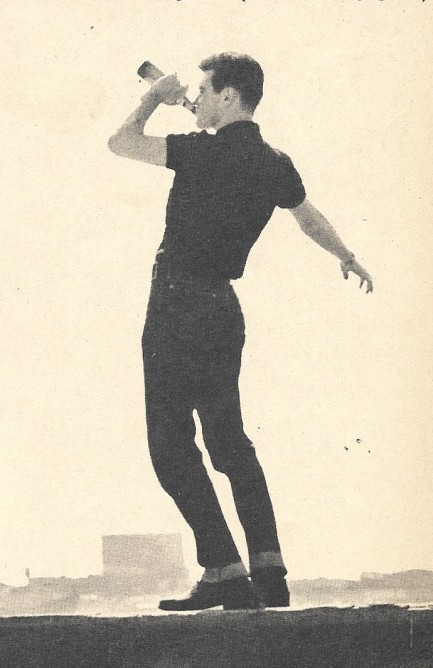 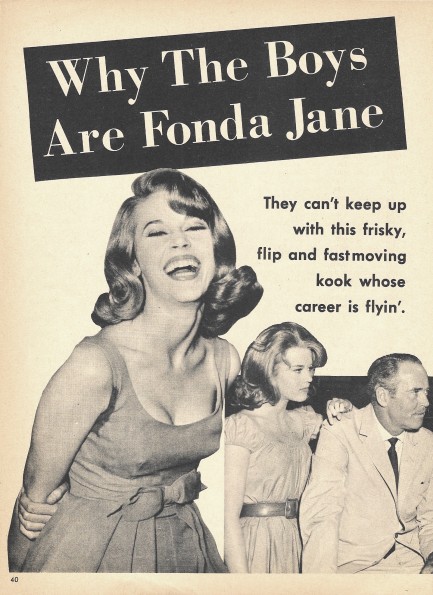 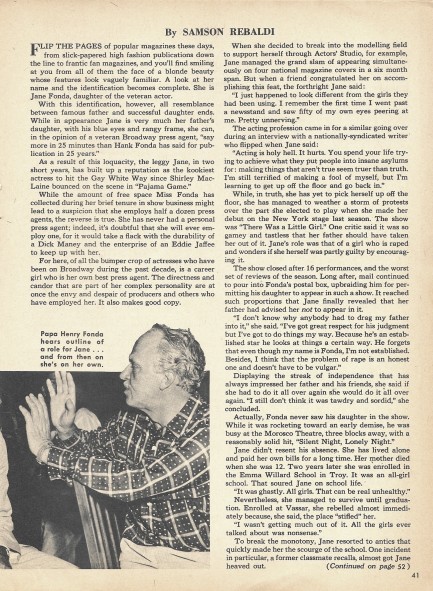
 Royal Crown helps consumers to stay awake at the movies. 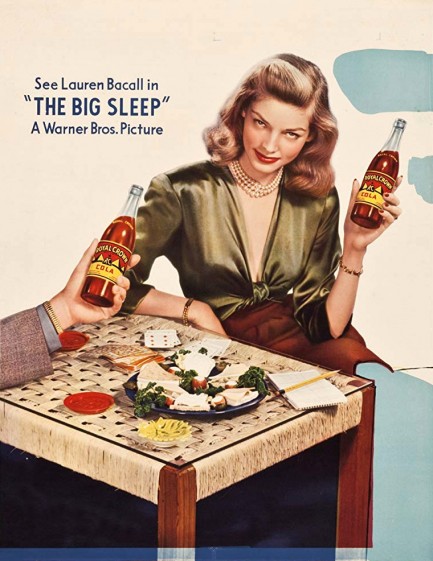
Lauren Bacall brings her special brand of smoky sex appeal to this magazine advertisement for Royal Crown Cola, made as a tie-in with her 1946 film noir The Big Sleep. RC was launched in 1905 by Union Bottling Works—a grandiose corporate name for some guys in the back of a Georgia grocery store. The story is that the drink came into being after grocer Claud A. Hatcher got into a feud with his Coca Cola supplier over the cost of Coke syrup, and essentially launched RC out of equal parts entrepreneurialism and spite. Union Bottling Works quickly had a line of drinks, including ginger ale, strawberry soda, and root beer.
However humbly RC Cola began, the upstart had truly arrived by 1946, because The Big Sleep, co-starring Humphrey Bogart, was an important movie, and Bacall was a huge star. She was only one jewel in the crown of RC's endorsement efforts. Also appearing in ads were Rita Hayworth, Veronica Lake, Joan Crawford, Virginia Mayo, Paulette Goddard, Gene Tierney, Ann Rutherford, Ginger Rogers, and others. Bacall flogged RC for at least a few years, including starring in tie-in ads for Dark Passage, another screen pairing of her and Bogart that hit cinemas in 1947. You see one of those at bottom. We can only assume these ads were wildly successful. After all, it was Bacall.
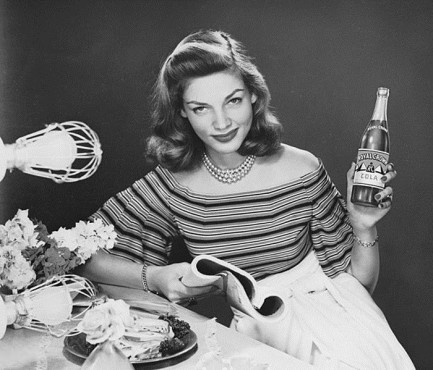 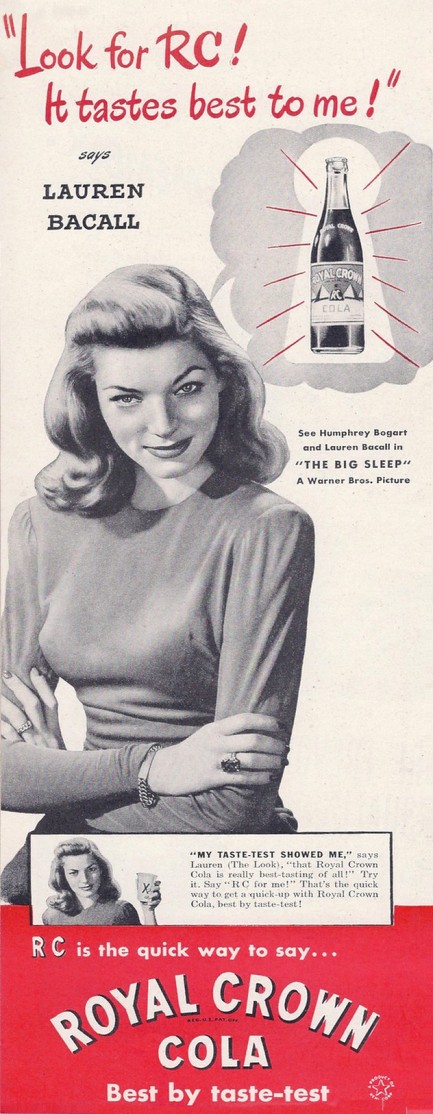 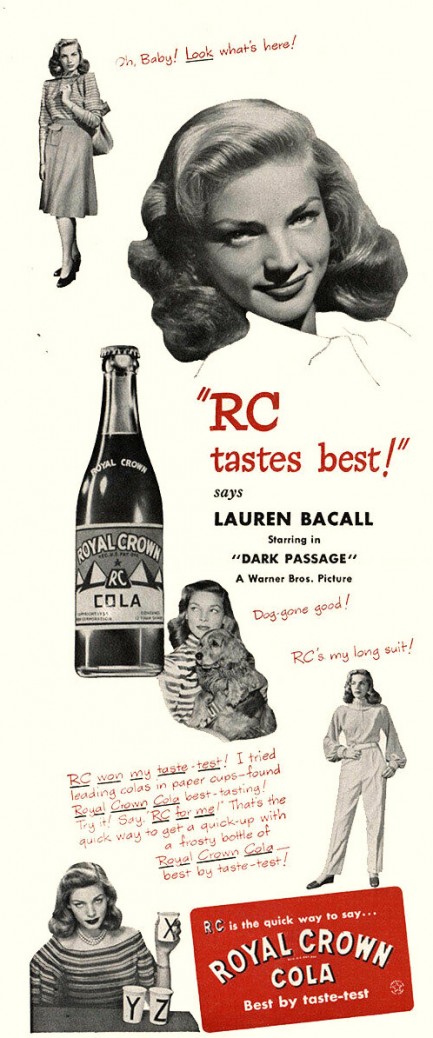
 She didn't make it to the top of Hollywood just to accept being second banana in Monaco. 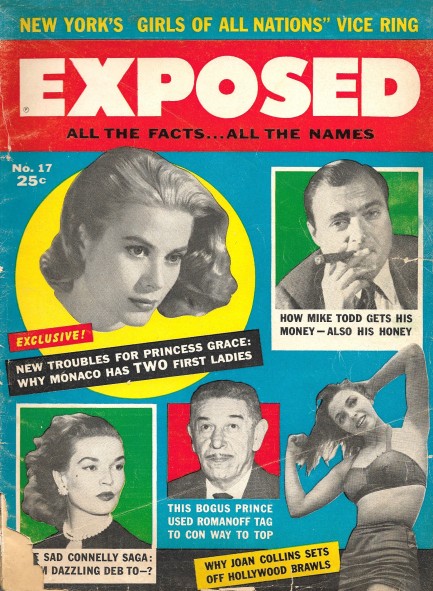
Yes, people were stupidly fawning over the rich long before 2021, as this issue of the tabloid Exposed published this month in 1957 proves. There are stories on one percenters ranging from Princess Grace of Monaco on down. Of course, there's an aspirational innocence to these old stories, because very few people, if any, begrudged the rich anything in this era. Those times have gone. Companies make hundreds of billions now and pay zero taxes. The rich have a thousand ways to hide their income, to the tune of 40 trillion dollars in cash hidden in tax havens around the world.
Something else different about the rich of yesterday—they didn't have dick-shaped rocket ships. Instead they had dick shaped yachts. And that's what the feud hinted at on the cover between Grace Kelly and Tina Onassis was about—in part at least. It was also about who threw the best parties, who had the richest and most influential friends, who had the best designer clothes, and who was the greatest beauty. Of course, Kelly was legendarily lovely, but because beauty marries money even when the money is as butt-ugly as Aristotle Onassis, Tina was no slouch.
Exposed tells us of one competitive episode the night Kelly was celebrating the birth of her daughter Caroline, which had happened a day earlier. Kelly lived in Grimaldi Palace, overlooking Monaco harbor, where Aristotle Onassis lived on an 1,800 ton former Canadian navy destroyer retrofitted as a luxury yacht. The night of Kelly's celebration Onassis left his boat totally dark in the harbor, then at one point flipped a switch that illuminated hundreds of light bulbs strung from prow to stern. Kelly's clan took it as an attempt to show her up. Sounds petty, right? Well, Exposed was a tabloid, and its readers absolutely devoured stories showing that they and the next door neighbor they hated weren't so very different from the one percent.
After that boat episode, according to Exposed, Kelly and Onassis barely saw each other in tiny Monaco, such was their determination to avoid each other. Again, the half-century old public obsession with these two seems quaint compared to people's interest in the Musks and Bransons of today. There are opinions and facts, and here is a fact—the U.S. is falling apart and miniscule taxes on the rich and corporations are the reason. During the year this issue of Exposed was published, a year many people now cast their misty eyes toward with longing and nostalgia, the tax rate for top income earners was 91%. No wonder things functioned so well, eh? High taxes kept the government flush and the rich weak.
But the highlight of the issue as far as we're concerned is Vikki Dougan, who we told you would return to Pulp Intl. soon, and who shows up at a party thrown by Hollywood astrologer Carroll Righter wearing one of her infamous buttcrack baring backless dresses. Exposed indeed. Since this is about as low as her gowns went, we zoomed in a bit so you can get a good look at the San Fernando Valley. Dougan by the way, is still around at age 92. Elsewhere in Exposed you get Joan Collins and her romances, restaurateur Mike Romanoff and his legal troubles, Paulette Goddard and her love of money, and vice in New York City. Thirty scans below.
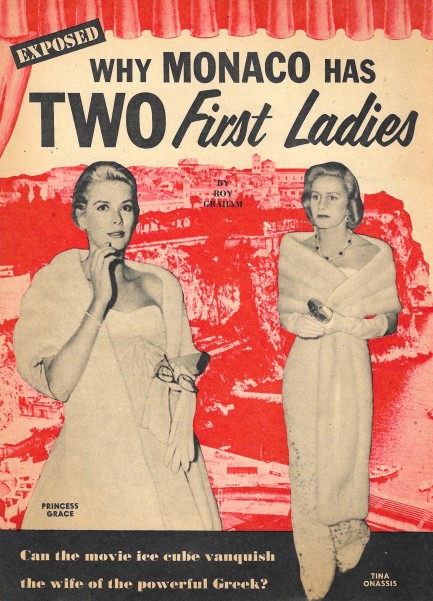  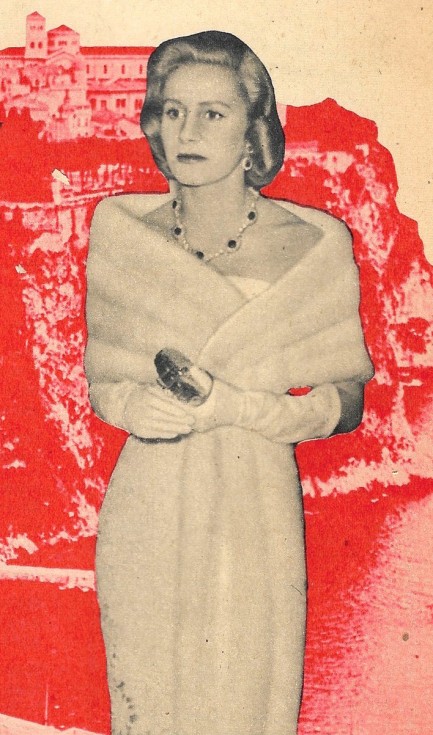 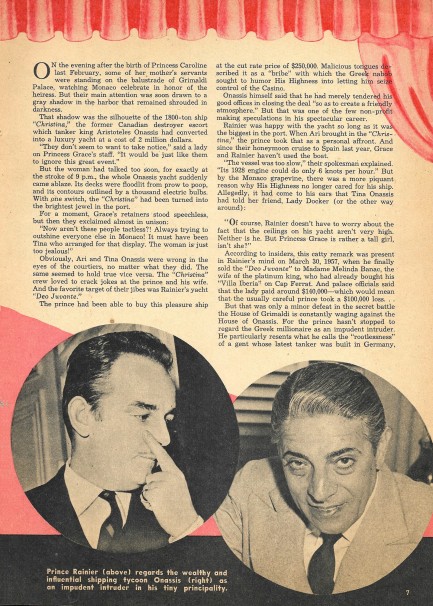 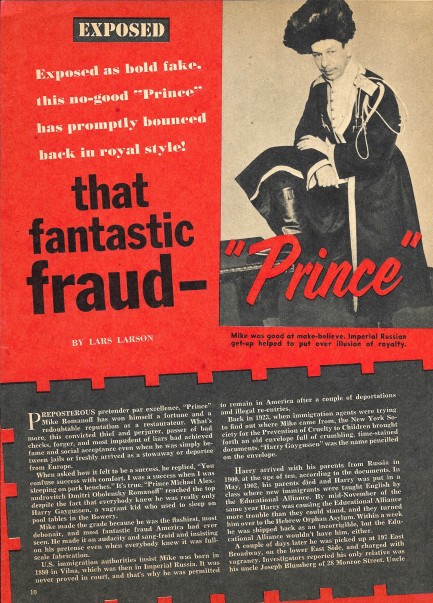 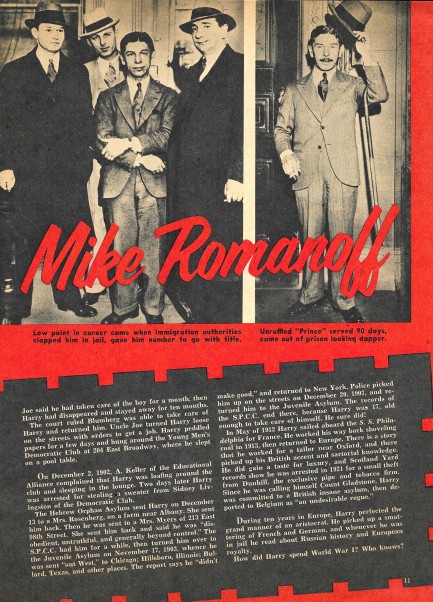 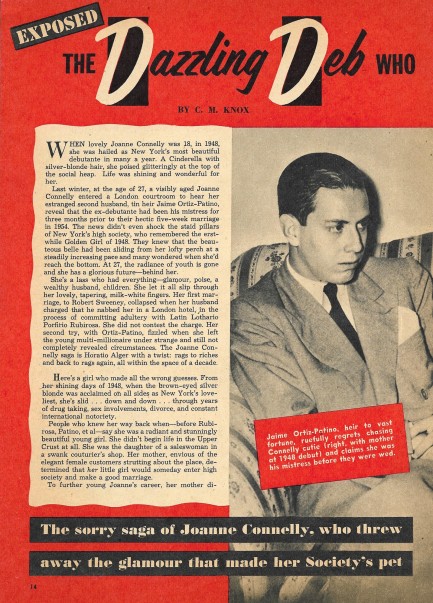 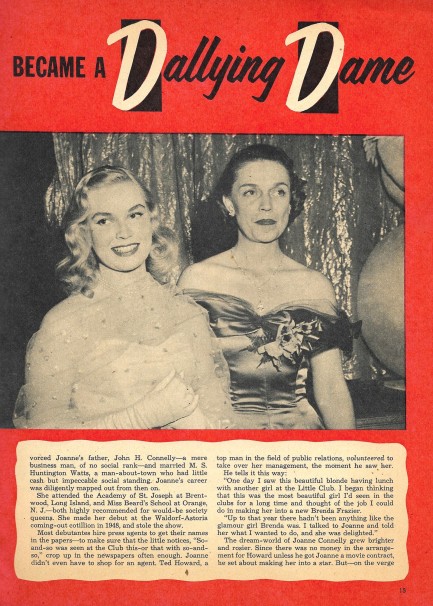 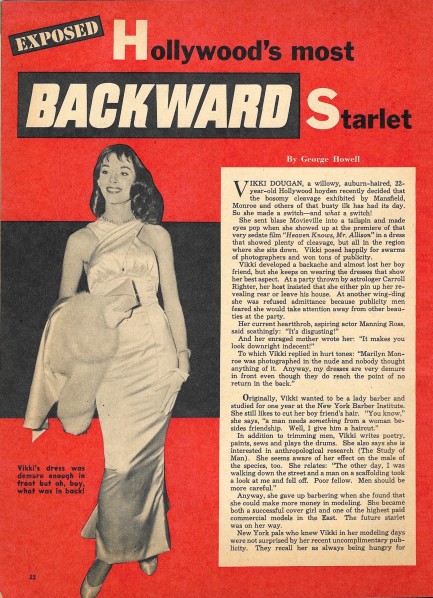  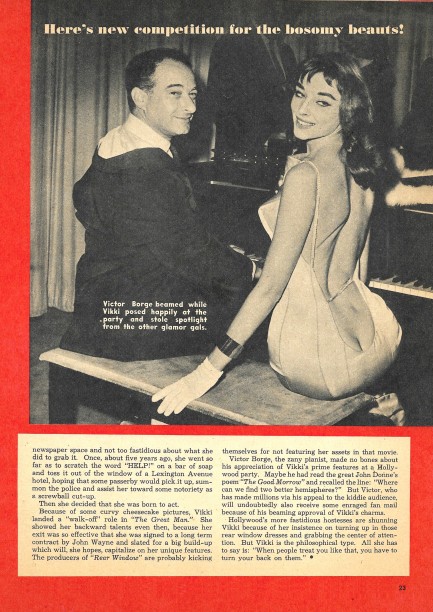 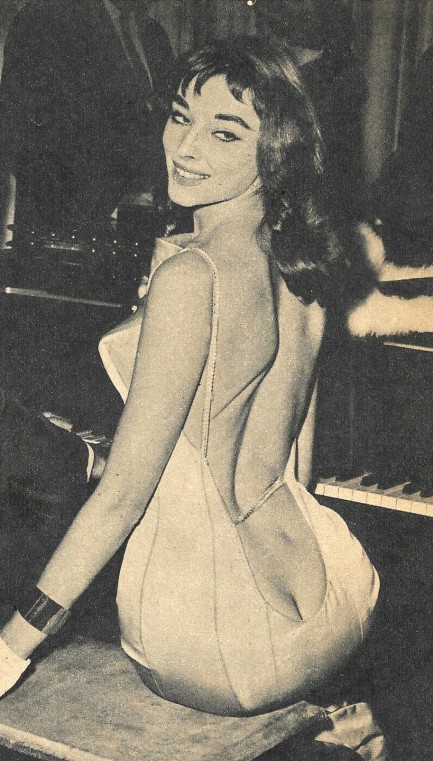  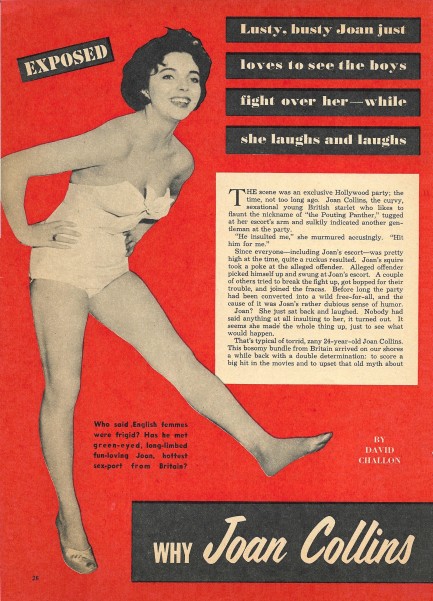 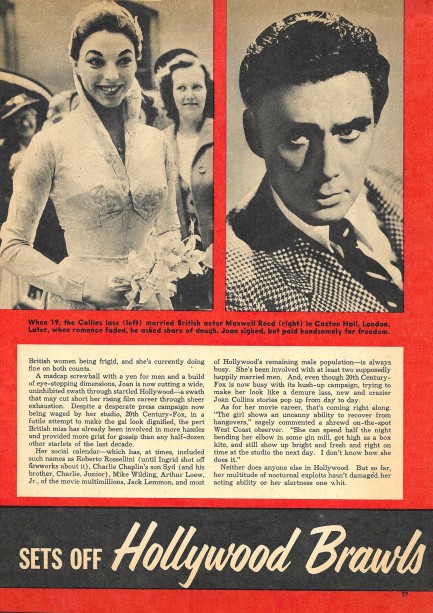  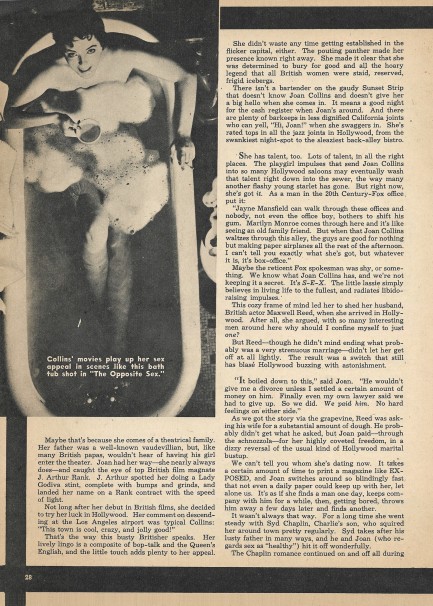 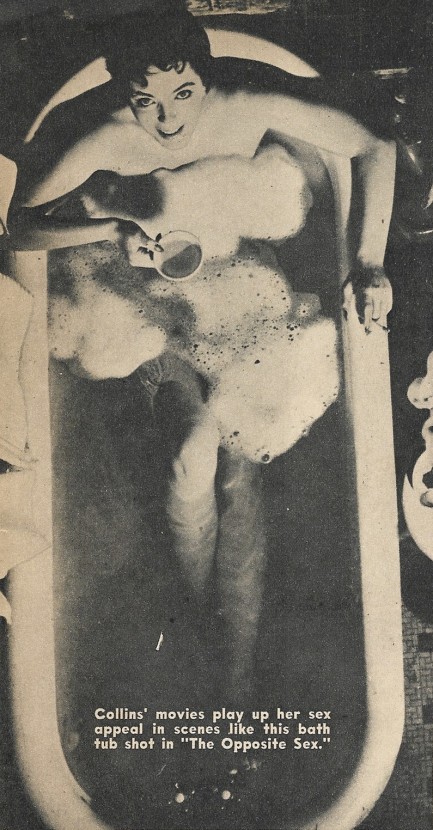 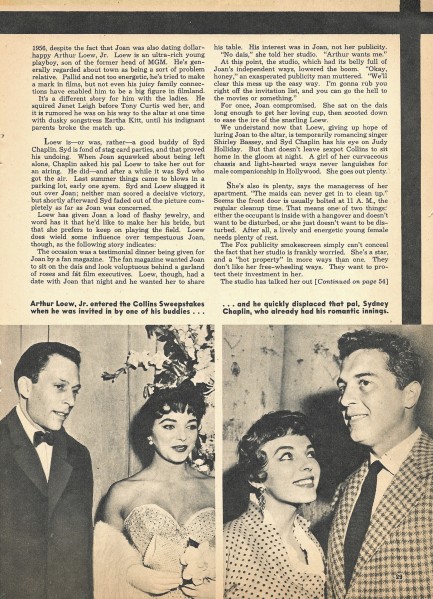 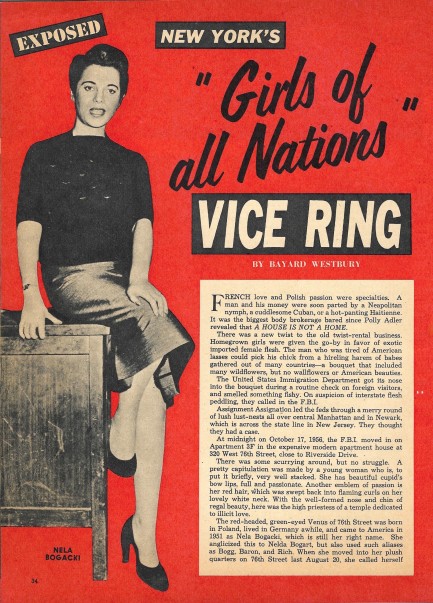 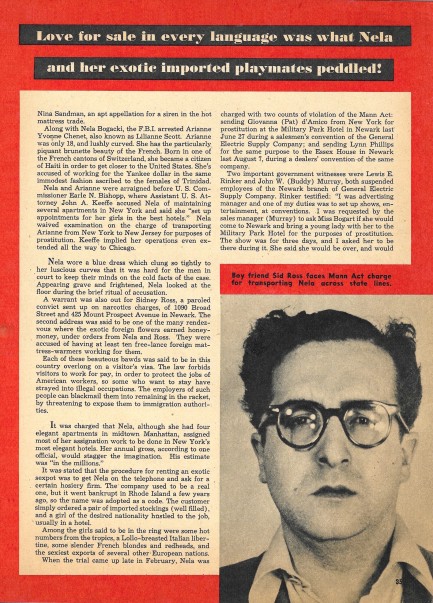 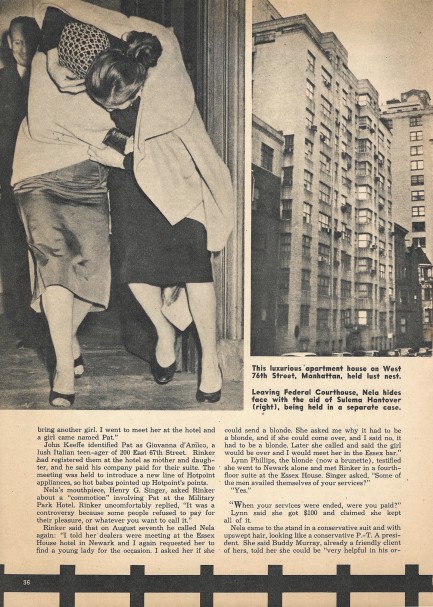 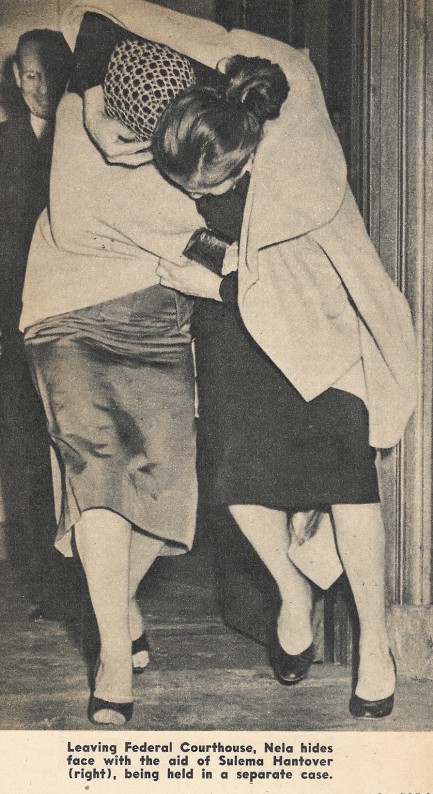  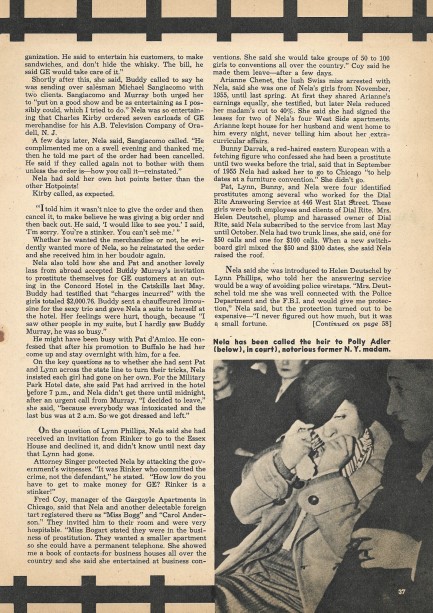 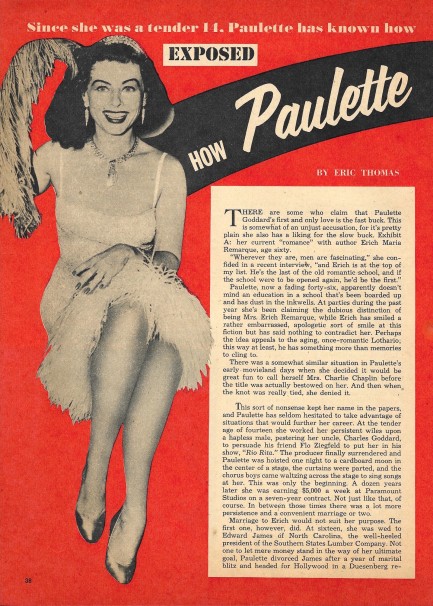 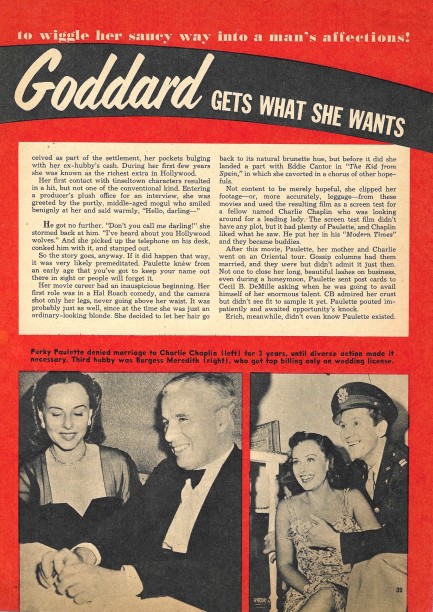  
 Don't be scared—I just want you to be absolutely still for the next five hours while I curl up on your lap. 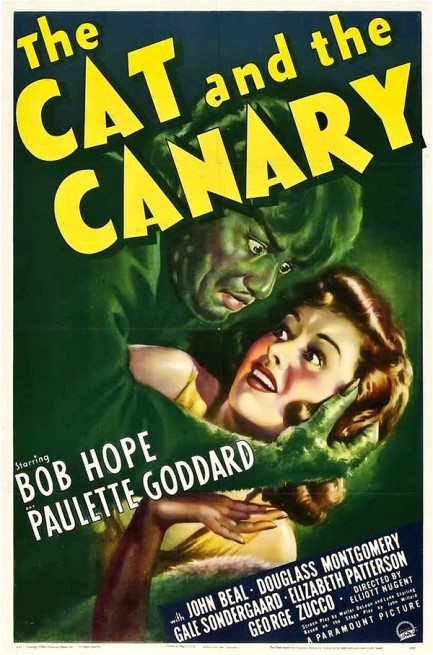
Above, another promo poster for the classic comedy mystery The Cat and the Canary, with Bob Hope and Paulette Goddard. We showed you a Swedish promo last year but didn't talk about the film. It's based on a 1922 play by John Willard, which makes it old enough that even the cleverest jokes are probably too recognizable for modern viewers to generate legit laughs. A century is a long time in the evolution of humor. Well, except for your embarrassing country grandpa who thinks it's funny to spit chaw on his arthritic old smellin' hound. Time has stopped for him. Did a while ago. Point is, you've seen these gags reused hundreds of times.
But here's what matters. Hope and Goddard have great chemistry and emanate a lot of charm. As films of this sort go, this one has everything: creepy old house in a swamp, a contested inheritance, secret passages, misty gardens, disappearing bodies, a painting with peephole eyes, confounding clues, a love story, and a bang-up climax. It's a great flick. The first version was made in 1927 with Laura La Plante and Creighton Hale, and the latest version was made in 1978 with Honor Blackman and Michael Callan, but this version—the best of the lot we think—premiered in the U.S. today in 1939. 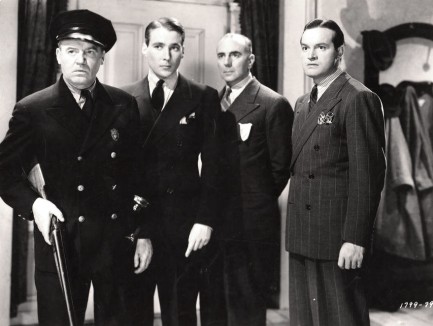 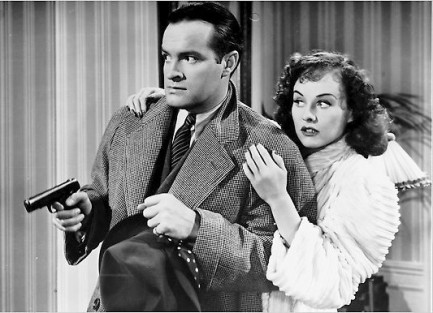 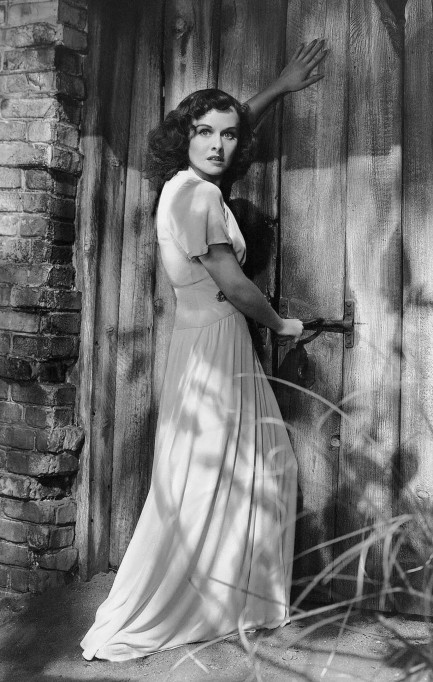  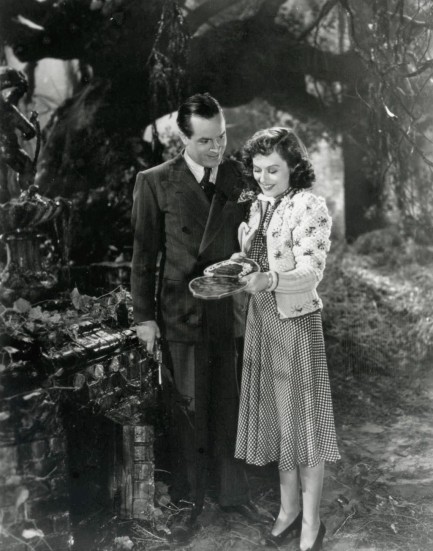 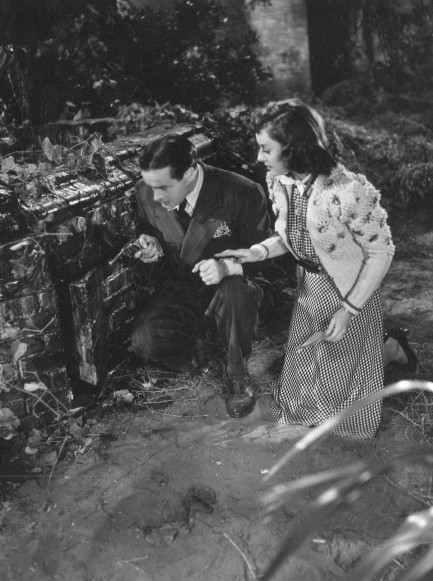 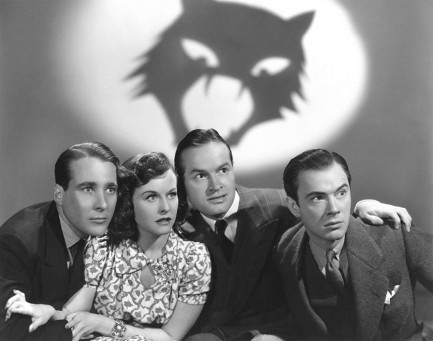
 All she needed was for someone to believe. 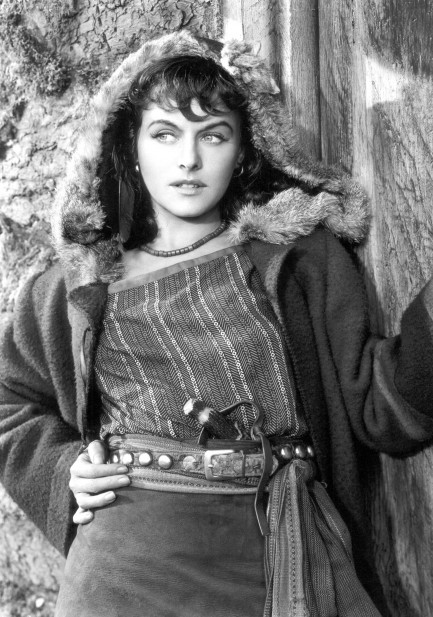
Paulette Goddard had more false starts to her career than most Hollywood legends. During the late 1920s and early-to-mid 1930s she worked—without making much impact—for Selznick International Pictures, George Fitzmaurice Productions, 20th Century Pictures, Hal Roach Studios, and both Goldwyn Pictures and Metro-Goldwyn-Mayer. She turned some heads in Modern Times, co-starring with Charlie Chaplain, who was her boyfriend at the time, but her major break came with Paramount when she starred opposite Bob Hope in The Cat and The Canary. She never looked back, appearing in seventeen films in the next five years, and more than fifty over the course of her career. One of those was Northwest Mounted Police, which is where the above promo photo comes. It dates from 1940.
 What do the mice do if the cat's never away? 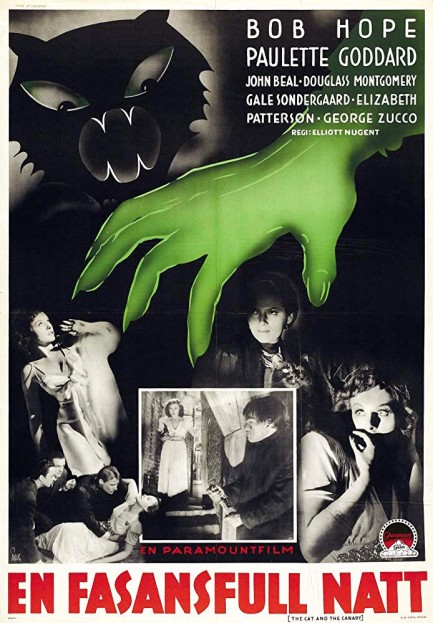
This was an unexpectedly awesome find. It's a Swedish poster for En fasansfull natt, better known as The Cat and the Canary. This promo gave us a laugh, because if you translate the Swedish title it's “a horrible night.” That's so Swedish, so no-nonsense, so to the point. You'd think a direct translation Katten och kanariefågan would have worked, but maybe not—we once chatted with someone from Sweden who said they didn't get bananas until the ’80s, so maybe the title was changed because nobody knew what a canary was. After premiering in the U.S. En fasansfull natt opened in Sweden today in 1939.
 Canary with a .38. 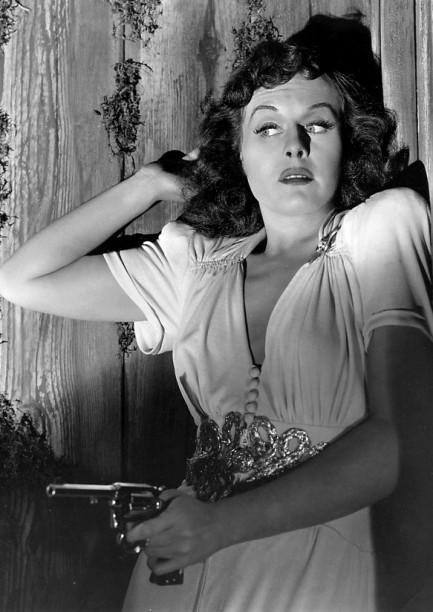
Above, American actress Paulette Goddard in a publicity shot made for the 1939 film The Cat and the Canary.
 Half a century and countless social changes later only one story in Suppressed remains shocking. 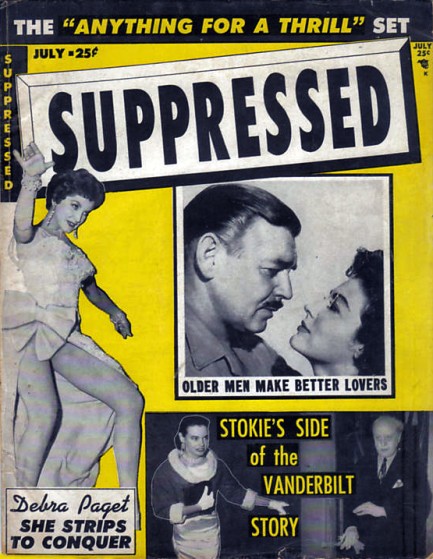
This July 1955 Suppressed serves up its usual outrage, with Erroll Flynn bedding a woman half his age, Debra Paget scandalizing audiences with her dancing, and Marlene Dietrich, Greta Garbo, Paulette Goddard and others brazenly indulging in “promiscuity, free living and flagrant exhibitionism.” Which is to say, they moved on to other sexual partners without bothering to get divorced. The magazine also takes a swipe at Terry Moore, who “resorts to suggestive gowns rather than talent.” We’d love to have read what Suppressed would have printed when Moore posed nude for Playboy in 1984 at age 55, but it was long defunct by then. After bashing celebs, the editors move on to fashion, offering a primer on hepcat style, but before you rush out to buy a pair of zebra print shoes, remember that the line forms behind us. Later, the magazine offers readers a peek inside a mental asylum, and in the process shows a few hair-raising practices. Among them are violent patients being penned together like cattle, and a delirious alcoholic who is “brought back to reality by shock treatment.” We think the easiest way to shock an alcoholic back to reality is to tell him he’s out of booze, but what do we know? It’s ironic, though, that all the sexual innuendo and moral outrage mustered by Suppressed seems so misplaced now, and the one story editors probably thought of as uncontroversial—electrically shocking alcoholics—is truly frightening. How times change. 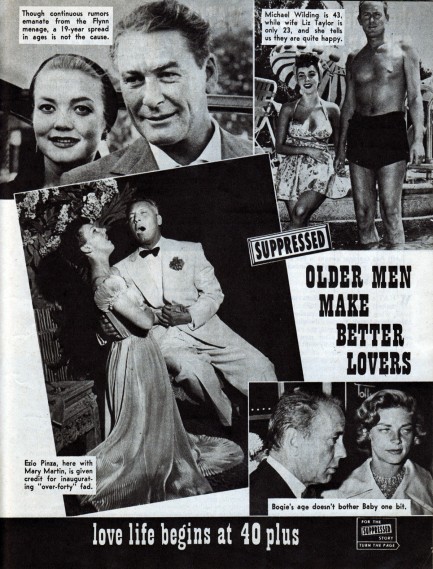  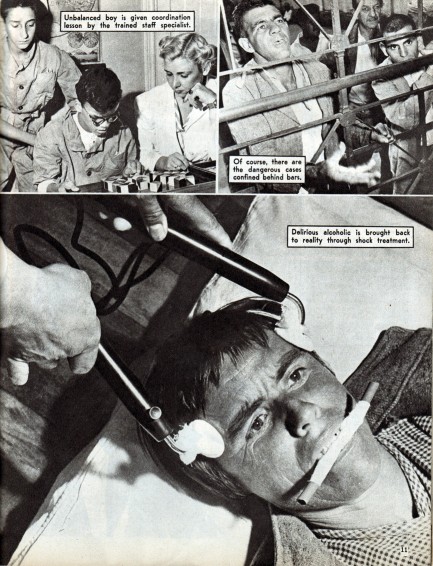 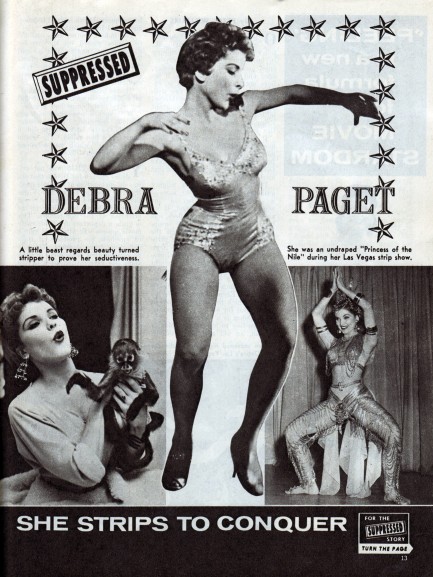 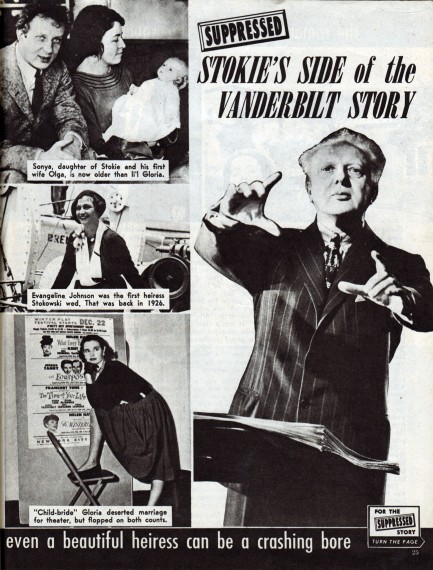 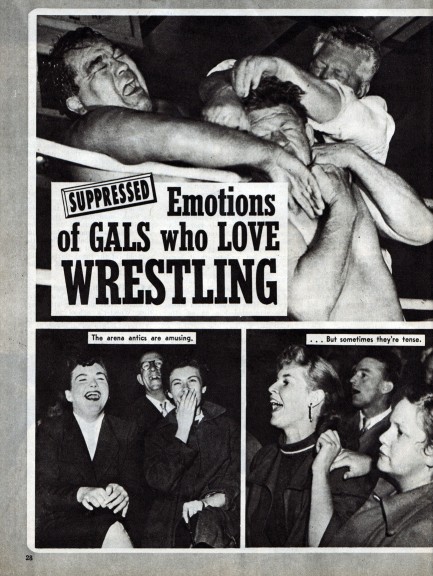 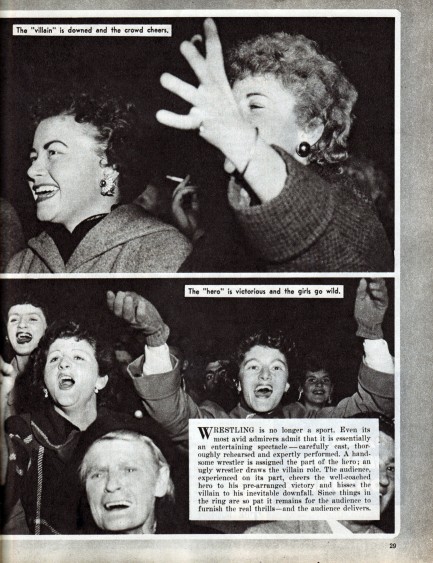 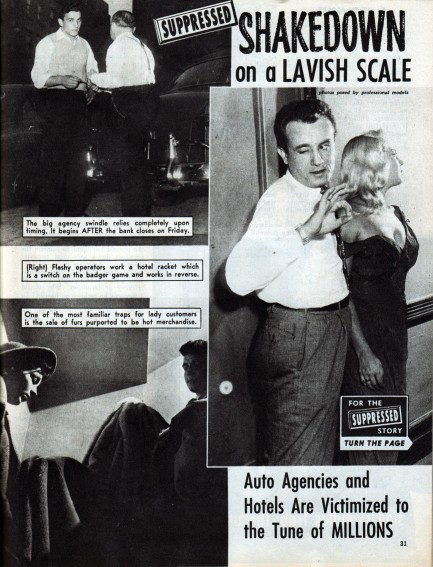 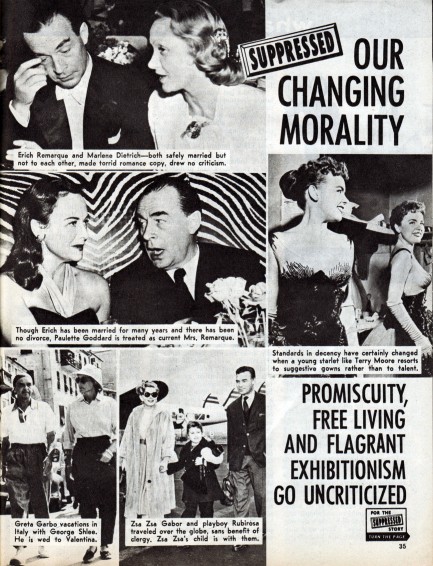 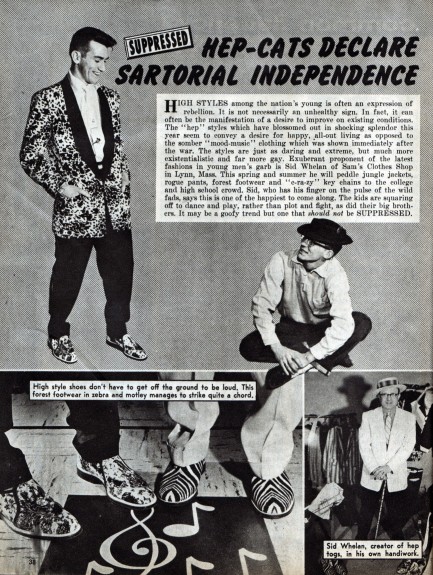 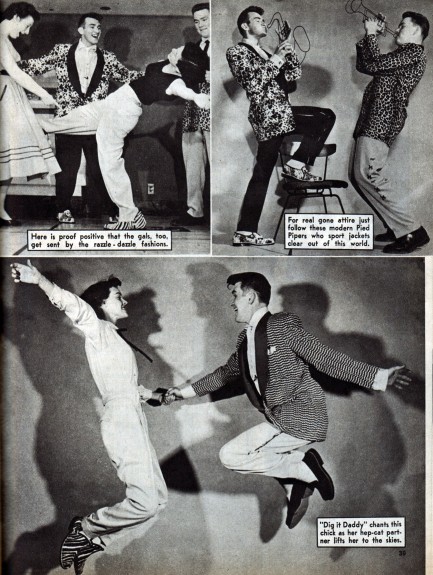

|
 |

The headlines that mattered yesteryear.
1945—Churchill Given the Sack
In spite of admiring Winston Churchill as a great wartime leader, Britons elect
Clement Attlee the nation's new prime minister in a sweeping victory for the Labour Party over the Conservatives. 1952—Evita Peron Dies
Eva Duarte de Peron, aka Evita, wife of the president of the Argentine Republic, dies from cancer at age 33. Evita had brought the working classes into a position of political power never witnessed before, but was hated by the nation's powerful military class. She is lain to rest in Milan, Italy in a secret grave under a nun's name, but is eventually returned to Argentina for reburial beside her husband in 1974. 1943—Mussolini Calls It Quits
Italian dictator Benito Mussolini steps down as head of the armed forces and the government. It soon becomes clear that Il Duce did not relinquish power voluntarily, but was forced to resign after former Fascist colleagues turned against him. He is later installed by Germany as leader of the Italian Social Republic in the north of the country, but is killed by partisans in 1945. 1915—Ship Capsizes on Lake Michigan
During an outing arranged by Western Electric Co. for its employees and their families, the passenger ship Eastland capsizes in Lake Michigan due to unequal weight distribution. 844 people die, including all the members of 22 different families. 1980—Peter Sellers Dies
British movie star Peter Sellers, whose roles in Dr. Strangelove, Being There and the Pink Panther films established him as the greatest comedic actor of his generation, dies of a heart attack at age fifty-four.
|

|
|

It's easy. We have an uploader that makes it a snap. Use it to submit your art, text, header, and subhead. Your post can be funny, serious, or anything in between, as long as it's vintage pulp. You'll get a byline and experience the fleeting pride of free authorship. We'll edit your post for typos, but the rest is up to you. Click here to give us your best shot.

|
|






























